For noise reduction through image stacking, you'll find excellent free options in DeepSkyStacker, Siril, Sequator, ASTAP, and ASIDeepStack. Each offers unique benefits—DeepSkyStacker provides automatic alignment perfect for beginners, while Siril delivers powerful cross-platform calibration features. Sequator excels with nightscapes, and ASTAP offers fast plate-solving capabilities. Choose based on your specific needs: wide-field photography, star trails, or deep-sky imaging. Discover how these tools can transform your astrophotography results.
Understanding Image Stacking for Noise Reduction in Astrophotography

When capturing the night sky, astrophotographers often battle with unwanted noise that degrades image quality. Image stacking effectively combats this problem by combining multiple exposures of the same scene, considerably improving the signal-to-noise ratio.
The process works by averaging out random pixel variations across frames, resulting in smoother backgrounds and clearer celestial details. You'll need to precisely align your images—either through proper polar alignment during shooting or with software assistance. With increased overall integration time, your final image will show significant quality improvements compared to single exposures.
Various factors contribute to noise, including high ISO settings, warm sensors, and limited exposure times. You'll get better results shooting on cold nights when your camera's sensor naturally runs cooler.
For maximum effect, consider using dedicated software like DeepSkyStacker or Sequator that automate alignment and offer specialized algorithms for astronomical subjects.
Top 5 Budget-Friendly Stacking Software for Cleaner Night Sky Images
Now that you understand how image stacking works, let's examine affordable software options that won't break your bank.
Siril offers cross-platform compatibility with powerful calibration features and customizable scripting—all for free.
Windows users can leverage Sequator, a free alternative to the MacOS-exclusive Starry Landscape Stacker ($40).
ASTAP provides fast plate-solving and live stacking capabilities at no cost, though its interface requires some learning.
DeepSkyStacker remains widely used thanks to its reliable functionality and automatic alignment capabilities, making it an excellent starting point for beginners.
ASIDeepStack, part of the free ASI Studio suite, delivers user-friendly operation and real-time stacking updates, working well with various hardware despite its ZWO origins.
Each option balances functionality with cost, giving you professional-quality noise reduction without expensive subscription fees.
Deep Sky Stacker: The Astrophotographer's Free Companion

Despite the variety of stacking software available, Deep Sky Stacker remains a cornerstone application for astrophotographers seeking professional results without spending a dime.
Free yet powerful, Deep Sky Stacker delivers professional-grade results for astrophotographers of all levels.
This Windows-optimized tool calibrates and stacks your images to dramatically improve signal-to-noise ratios across various formats including RAW files.
You'll appreciate these standout features:
- Advanced calibration options using light, dark, flat, and bias frames with intuitive adjustment of RGB channel levels
- Automatic alignment and stacking with customizable star detection thresholds
- Multi-core processing support for faster operations, plus convenient batch processing
- Specialized features for deep sky and Milky Way photography, including comet stacking modes
While not natively available for Mac users, the software's low resource requirements and stability make it ideal for processing sessions of any length. The latest version 5.1.0 features convenient image frame blinking capabilities to help identify issues in your astronomical captures.
Sequator vs. StarStaX: Comparing Lightweight Stacking Tools
For photographers seeking lightweight alternatives to Deep Sky Stacker, Sequator and StarStaX offer specialized solutions with distinct advantages.
Sequator excels at wide-field nightscapes, particularly Milky Way photography, with its ability to separate sky from foreground elements. It's free, Windows-based, and processes RAW files quickly with thorough calibration tools. Compared to Photoshop, Sequator delivers faster stacking for serious night photographers.
StarStaX, available for both Windows and Mac, specializes in creating smooth star trails with its unique gap-filling capability. While less feature-rich than Sequator, it delivers impressive results for trail photography.
Choose Sequator when you need foreground management in nightscapes and advanced calibration options. Opt for StarStaX when creating star trails is your primary goal.
Both tools are user-friendly, though Sequator offers more flexibility for complex compositions despite a slightly steeper learning curve.
Advanced Techniques for Maximizing Signal-To-Noise Ratio With Stacking Software

While Sequator and StarStaX offer excellent entry points for astrophotographers, serious practitioners often need more sophisticated techniques to extract maximum detail from their images.
You'll find that enhancing SNR requires more than basic image combination methods.
To maximize your stacking results:
- Implement sigma-clipped averaging instead of simple means to effectively eliminate outliers while preserving important image details
- Utilize 32-bit floating-point precision when working with numerous images to retain subtle gradations and prevent data loss
- Apply variance-weighted averaging to properly account for different noise levels across your image set
- Consider local window analysis for more precise noise pattern identification in different image regions
These advanced techniques will greatly improve your final images' quality, revealing subtle details previously lost in noise. Remember that coherent signals in your images will sum constructively during stacking, while random noise cancels out, significantly improving your signal-to-noise ratio.
Frequently Asked Questions
Can Noise Reduction Software Work With Smartphone Astrophotography?
Yes, noise reduction software can work with your smartphone astrophotography. However, you'll face limitations due to smaller sensors. Software like Topaz DeNoise can still improve your exported smartphone images, though results won't match dedicated cameras.
How Much RAM Is Required for Processing High-Resolution Stacked Images?
You'll need 8-16GB RAM for images under 3 million pixels, 16-32GB for 3-6 million pixels, and 64-128GB for gigapixel images. Super-resolution processing requires even more memory than these baseline recommendations.
Do Stacking Programs Work With Daytime Photography Noise Reduction?
Yes, you can use stacking programs for daytime photography noise reduction. They're especially helpful when you've shot at higher ISOs or in challenging lighting. The technique works whenever random noise is present in your images.
Can I Batch Process Multiple Nights of Imaging Sessions Together?
Yes, you can batch process multiple nights of imaging sessions together using tools like PixInsight's WBPP. It'll handle different frames across sessions while properly matching calibration frames to their corresponding light frames.
Are Gpu-Accelerated Stacking Programs Significantly Faster Than Cpu-Only Options?
Yes, GPU-accelerated stacking programs are markedly faster than CPU-only options. You'll experience up to 90% reduction in processing time for image stacking tasks, allowing you to process more data much more efficiently.
In Summary
You've now got the tools to dramatically cut noise from your astrophotography. Whether you're using free options like Deep Sky Stacker or comparing lightweight alternatives, stacking software will transform your cosmic captures. Don't let noise ruin your hard-earned night sky images—implement these techniques and watch your signal-to-noise ratio soar. Your stunning, clean astrophotography is just a stack away!
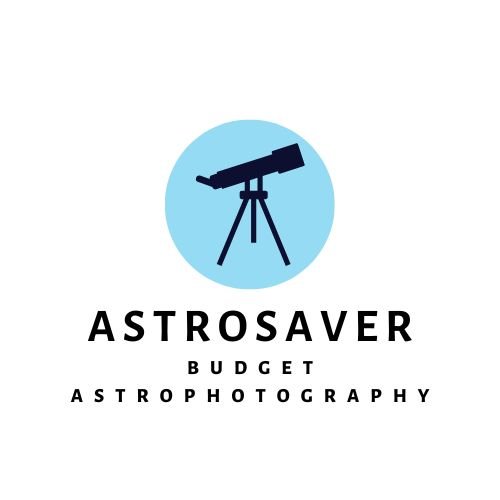
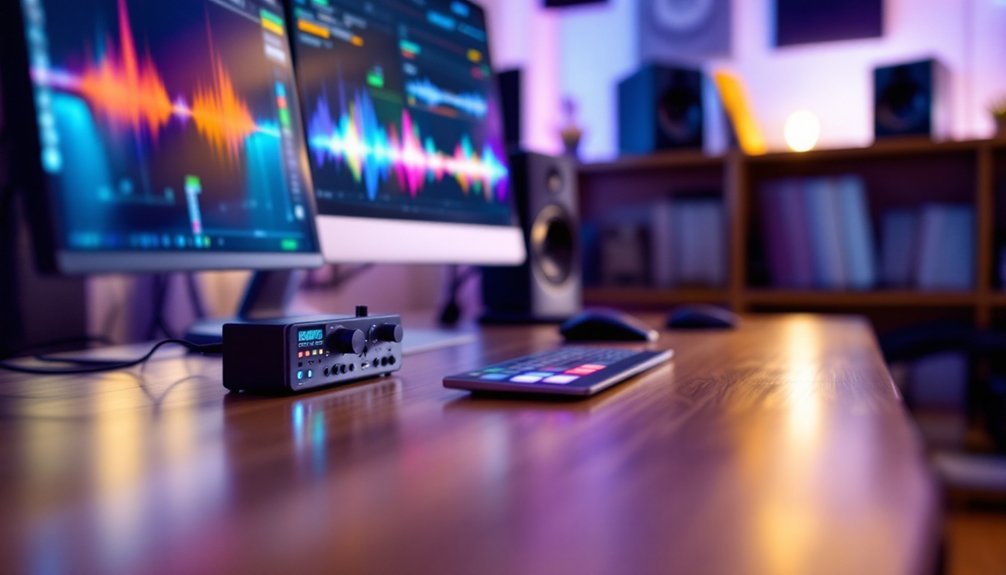
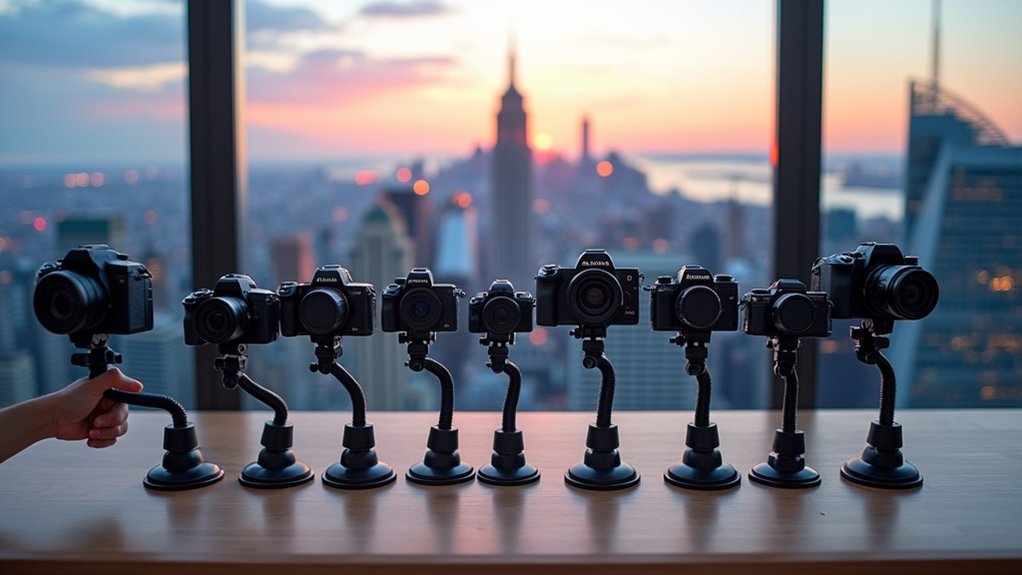
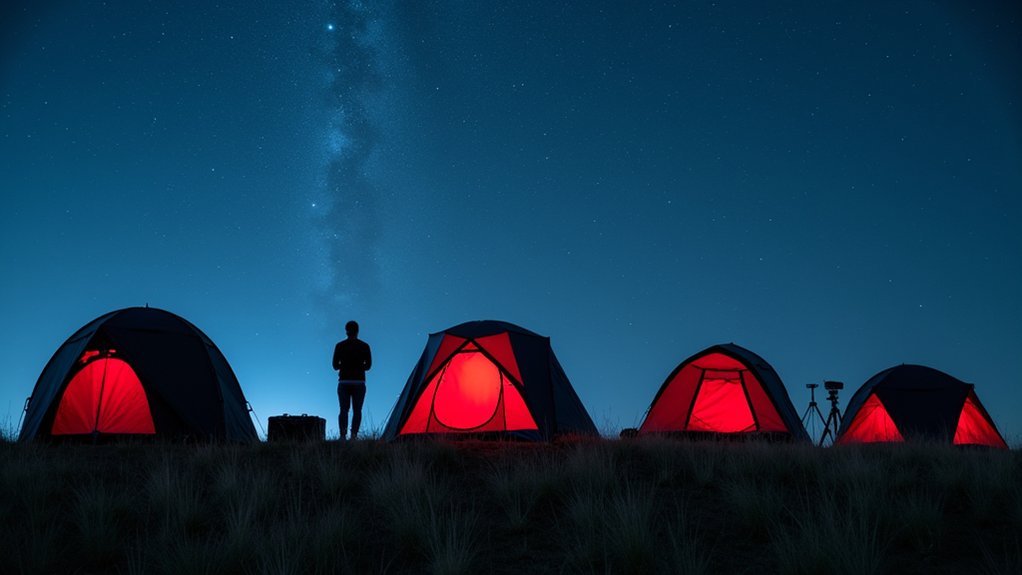
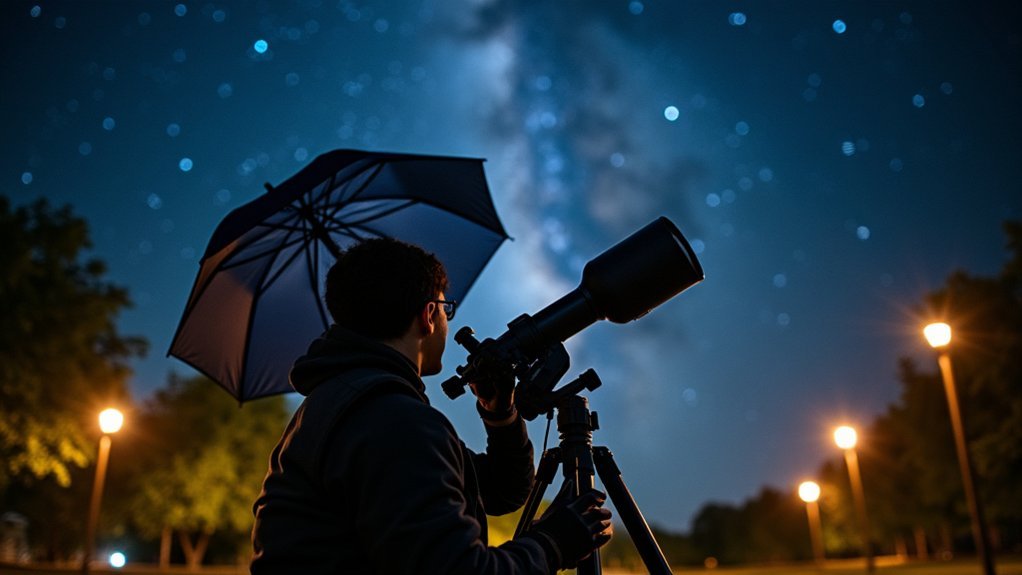
Leave a Reply